A new theory proposes how chiral amplification could happen
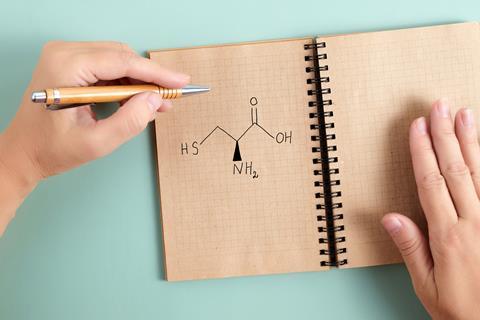
Why ‘life is handed’ – why the chiral amino acids that make up proteins and the chiral sugars in nucleic acids are present only in one of the two possible enantiomeric forms – is one of the most tantalising questions for chemistry. It’s tantalising precisely because, in contrast to the origin of life itself from abiotic chemical resources, it seems to be a question simple and clear enough to resolve, after a fashion. We might never have a definitive answer, since there seems little prospect of gleaning sufficient clues from the geological record to identify a single best hypothesis. But it doesn’t seem too much to hope that we could say with some confidence ‘this route, at least, would have worked’.
And indeed, a proposal now put forward by Paul Higgs of McMaster University in Ontario, Canada and Donna Blackmond of Scripps Research in California, US looks to be on the verge of meeting that criterion.1 They have outlined a scheme by which two experimentally observed and prebiotically plausible reactions of amino acids could be combined to produce amplification of one chirality over the other. The work stops short of actually demonstrating such a preference experimentally, but that step is probably just a matter of time.
The question is almost as old as Louis Pasteur’s discovery of molecular chirality in 1848. Pasteur himself came to believe that handedness is the hallmark of life, and he expended much effort trying to understand how it might arise – perhaps via the influence of polarised light or magnetic fields. In the 20th century, opinion divided into two camps. One considered the original symmetry breaking that led to the dominance of one enantiomeric form (conventionally denoted left-handed for amino acids, right-handed for sugars) to have been deterministic: perhaps some fundamental feature of nature imposes such a preference, such as left–right parity violation in radioactive beta decay. The other posits that the choice was made at random. Either explanation demands some feedback process that can amplify a tiny initial difference.
Autocatalytic amplification
Such a process was put forward by the British physicist Charles Frank in 1953 – appropriately, of course, also the year of DNA’s right-handed double helix and of Stanley Miller and Harold Urey’s prebiotic synthesis of amino acids.2 Frank showed that enantioselective autocatalysis, whereby a chiral product molecule catalyses its own formation, can supply the requisite feedback. In 1985, Dilip Kondepudi and G W Nelson showed that such amplification could be strong enough to convert the handedness of beta-decay into molecular homochirality over the course of several millennia of autocatalytic reaction.3 That asymmetry could, however, equally be seeded by a random fluctuation: mere noise in the generation of products.4
But do any chirally selective autocatalytic processes exist? The first and indeed so far the only one to be experimentally demonstrated as capable of enantioselective amplification was described in 1995 by Kenso Soai and colleagues at the Science University of Tokyo.5 But Soai’s reaction, involving organometallic molecules in a nonaqueous solvent, looked very far from prebiotic. (Indeed, as the editor of that paper in Nature 30 years ago, I can testify that it was quite a challenge to figure out what was going on, and in fact the details of the process only became clear in work by Blackmond and others several years later.6)
Blackmond has been thinking for more than two decades about asymmetry autocatalysis as a route to biomolecular homochirality.7 Last year, she and her co-workers discovered the key ingredients of such a process in reactions of amino acids. First, they found that dimers of homochiral amino acids (dipeptides) can enantioselectively catalyse the synthesis of amino acids themselves, or the enrichment of one enantiomer in a racemic mixture of both.8 Then they showed how, in the presence of an enantiomeric excess of one amino-acid monomer, there can be an asymmetry in their ligation that favours the formation of homodimers.9
Neither of these reactions by itself comprises a chirally amplifying autocatalytic network. But Higgs and Blackmond have now outlined a theoretical scheme by which the two processes can combine to that effect, in essence according to Frank’s model of symmetry breaking. There are in fact two possible ways this can happen: dimers formed in the ligation reaction could preferentially catalyse the synthesis of amino-acid monomers of the same chirality (the constructive route), or they could catalyse the breakdown of monomers of the opposite chirality (the destructive route).
Either way, the two reactions would have to happen successively in a kind of natural flow reactor – not just a ‘warm little pond’, as Charles Darwin famously speculated in 1877, but two connected ones. That scarcely seems a big ask, and would be easy to simulate in the lab. It surely won’t be long coming.
References
1 P G Higgs and D G Blackmond, PNAS, 2025, 122, e2423683122 (DOI: 10.1073/pnas.2423683122)
2 F C Frank, Biochim. Biophys. Acta, 1953, 11, 459 (DOI: 10.1016/0006-3002(53)90082-1)
3 D K Kondepudi and G W Nelson, Nature, 1985, 314, 438 (DOI: 10.1038/314438a0)
4 D K Kondepudi and K Asakura, Acc. Chem. Res., 2001, 34, 946 (DOI: 10.1021/ar010089t)
5 K Soai et al, Nature, 1995, 378, 767 (DOI: 10.1038/378767a0)
6 D G Blackmond et al, J. Am. Chem. Soc., 2001, 123, 10103 (DOI: 10.1021/ja0165133)
7 D G Blackmond, PNAS, 2004, 101, 5732 (DOI: 10.1073/pnas.0308363101)
8 J Yu et al, PNAS, 2024, 121, e2315447121 (DOI: 10.1073/pnas.2315447121)
9. M Deng, J Yu and D G Blackmond, Nature, 2024, 626, 1019 (DOI: 10.1038/s41586-024-07059-y)


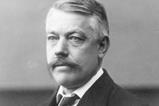
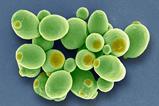
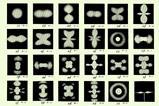

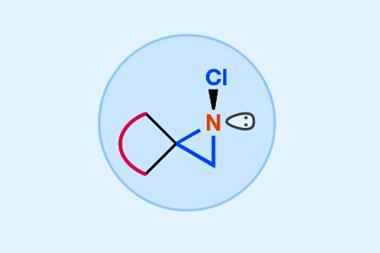
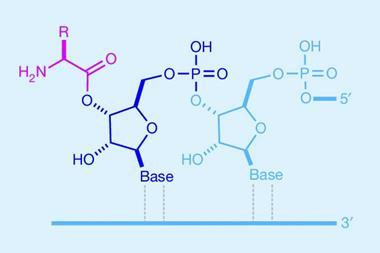
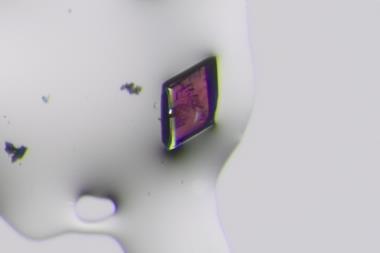
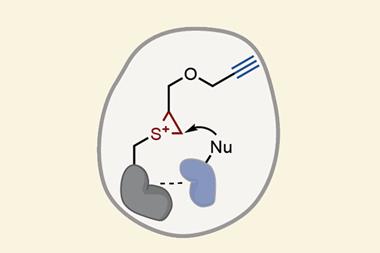
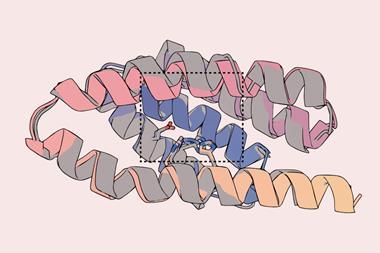
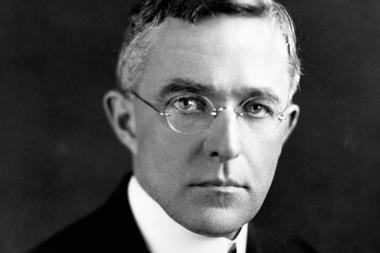


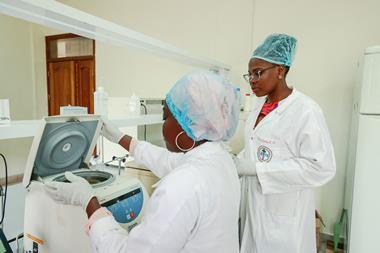


1 Reader's comment